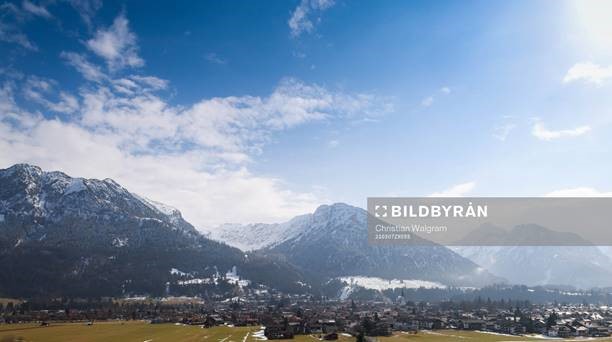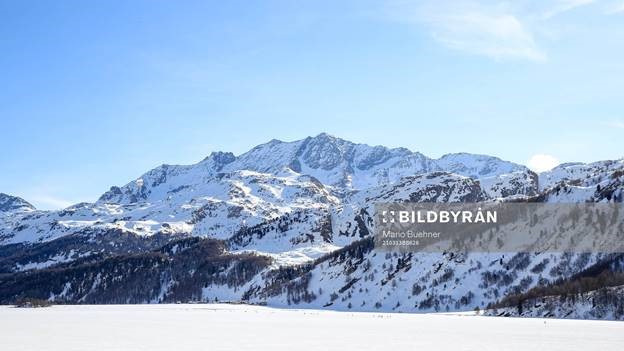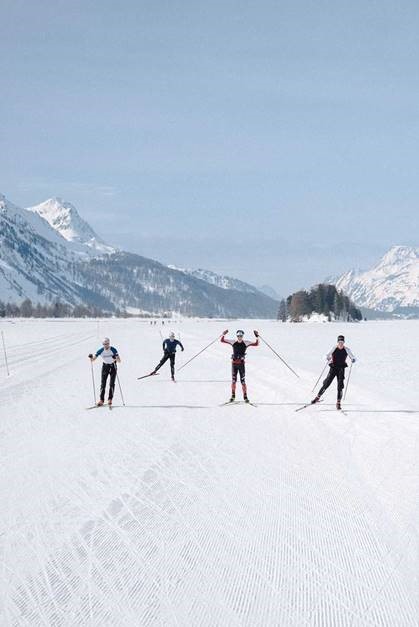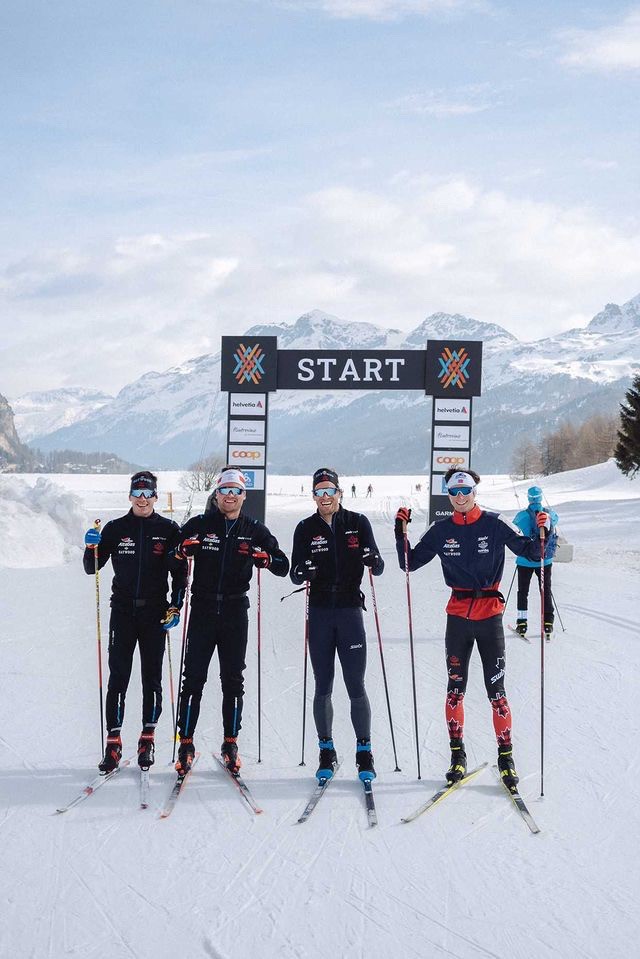FIS World Championships / World Cup Finals
by Remi Drolet

Coming from some frigid conditions in Finland during the World Junior/U23 Championships, the contrast when we arrived in Germany was startling. If you looked at small corners that saw little sun, you could tell that Oberstdorf had gotten a lot of snow this winter, but weeks of temperatures in the double digits throughout February had bared a good many farmer’s fields, and ongoing warm weather made it feel almost like summer. Soon, I was wearing shorts and a t-shirt regularly and had to worry about sunburn. It really did not feel like February, and that didn’t sit well with everyone. Some of the Norwegians, in particular, were very vocal in their complaints about the slushy state of the race courses. The skiing conditions perhaps were not the very best, but I found it all quite pleasant, especially since the area is so beautiful, with tall, snowy peaks enclosing the valley from all sides.

After a few days of training, serious preparations for the championships began. We busied ourselves testing skis, and tried to build as much energy skiing as we could before the first race. The courses in Oberstdorf are some of the hardest I have skied, and they have a very grand feel to them. The flat sections going up the valley from the large stadium are incredibly wide, and they do last for a long time. It feels like you can make it to most parts of the venue without working too hard, and when I first started skiing the course, I thought it was going to be easy. When the uphill comes, though, it really hits hard. It climbs and climbs and climbs until you reach a high, sunny field, where you have to keep pushing hard before screaming back down a twisty downhill into the stadium. I knew pretty soon that it would hurt a lot.

I ended up competing in the classic sprint, the 30 km skiathlon, the 15 km skate individual start, the relay, and the 50 kilometer classic mass start. It was a lot, and I came out of the championships quite tired, but it was a lot of fun, and I think I learned a lot about what it takes to compete with the best. I have been to the World Junior/U23 Championship four times now, but racing against the seniors is an entirely different game. At the junior level, if you are good, you can achieve reasonable results even if you are not in your best shape ever, but at the senior championships, the level is so high and everyone has poured so much effort into the event that if you are not on your best level, things are likely not to go so well. I had experienced this already at the world cups earlier in the season, and although I raced a lot better at the championships than earlier in the season, I had been carrying a lot of fatigue associated with my university studies for the past few months, and I was not quite able to race where I wanted to. There were some good moments though, and in the 50 km race, especially, I am quite happy with how I was racing until I broke a pole at a bad moment and lost the group.

For my first championship, it was not so bad, and I came out of it with high spirits and good motivation, something that isn’t always so easy. It was a good thing though, because just a week after my first 50 kilometer race, I would have to do a whole other one, and at altitude to make things even more difficult.


The morning after our final race at the World Championships, we drove from Germany to the Engadin Valley of Switzerland for the final races of the World Cup season. This was an amazing location to finish off the year. It was so beautiful, and we were treated with some very nice weather for most of our stay. The event itself was quite special as well, Saturday was a 15 kilometer mass start in classic technique, but Sunday was a 50 kilometer race that consisted of a single long course that crossed many towns and made its way down the valley instead of making short loops as usual. Sunday’s race was also a pursuit start, with the start time of each racer being based off of their time from the day before. This resulted in Saturday’s race being extremely intense right off the start line. I would say I raced well, but I unfortunately ran over a piece of plastic during the race, which I think was a sandwich wrapper. The plastic got stuck in my kick wax, and I was moving at a crawl for the good portion of a lap before I was able to get rid of that piece of trash. I lost minutes because of the incident, and was far behind the front of the race, which was a terrible scenario going into the next day. On Sunday, I skied pretty well and pushed extremely hard, but I was just too far back to ever make it to the leading pack. There was a strong headwind that was especially brutal skiing in small groups. My teammates who had had a better starting position said after the race that skiing shielded by the large lead pack felt easy for most of the race. For me, though, after over two hours straining in the wind, I could hardly walk, and for the next day or two, I could hardly bend my ankles because my calves were so tight. That was not really the way I had wanted the season, but it’s hard not to have bad luck sometimes.
Still, though, I am extremely thankful to have had the experience. I now know exactly where I need to be for next season, and I am more motivated than ever to train hard and begin next winter stronger than ever. Thank you so, so very much to everyone who supported me this year, it means so much to me, and competing for as long in Europe as I have this year would be difficult without your help. You encourage and enable me to keep improving as a skier, and I am so fortunate to have so many great people at my back!
Rémi Drolet
Black Jack Cross Country Ski Club
Rossland, BC


